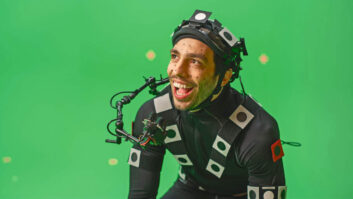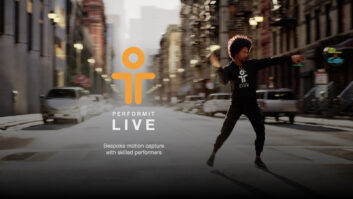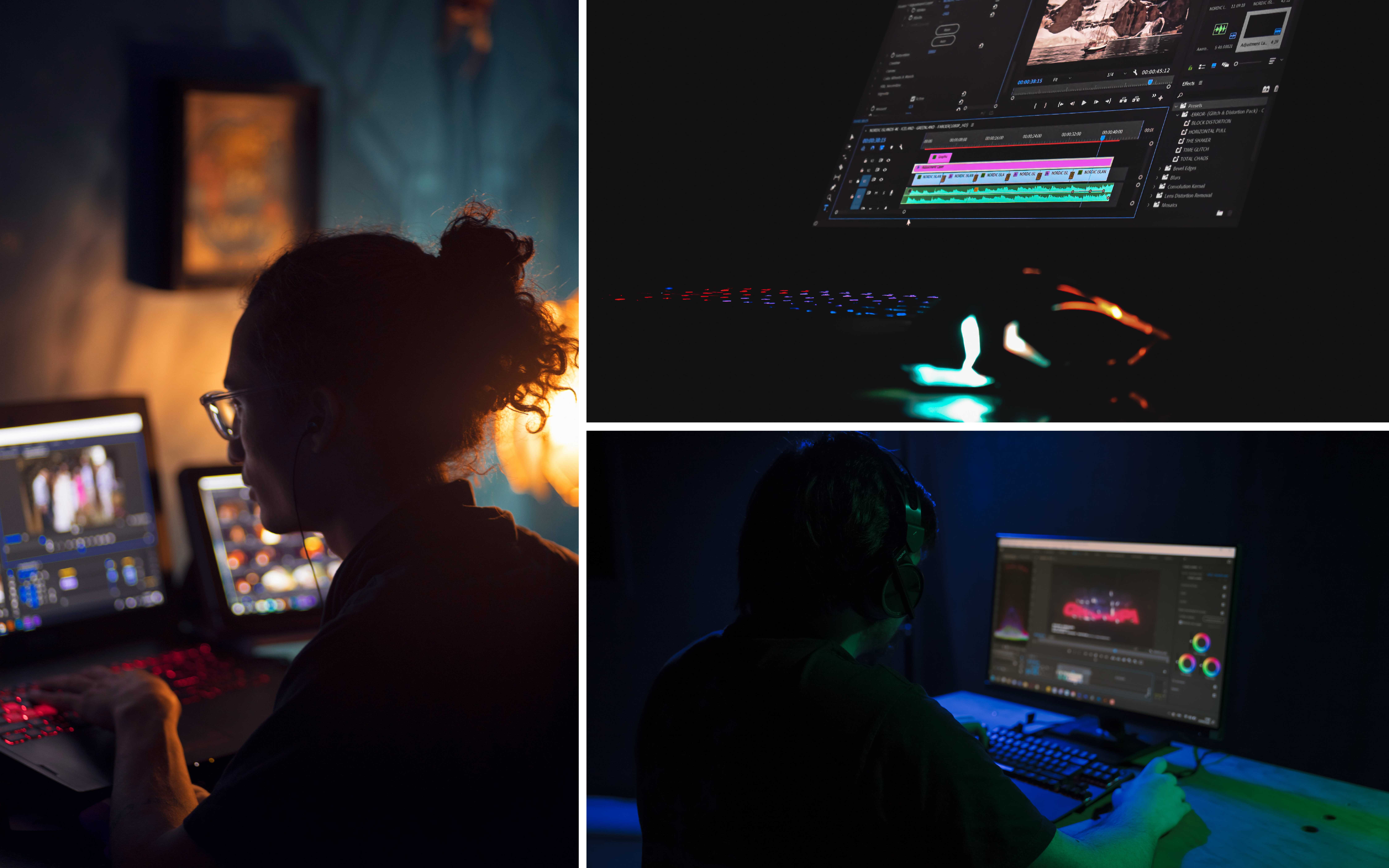
A feature documentary about the 2010 Isle of Man TT motorcycle race TT3D: Closer to the Edge has been made using a range of acquisition formats, and was shot over five days of the Tourist Trophy race, putting immense pressure on the production team. Principal photography of the April 22 UK theatrical release was made with two P+S Freestyle units using twin Red cameras and Ultra Primes and Optimo zooms.
“There was no way we could cover the 37.5 mile circuit over the whole five days with two units, so we had to get creative,” explains Chris Parks, project stereographer and partner in Vision3. “We needed to be in the right place at the right time and operate at break-neck speed since this was very much a one-take only situation.
“[Director] Richard de Aragues and I used lightweight rigs, and shot up to 35 set-ups a day, which for 3D is pretty radical,” he reports. “We put the cameras on dollies with sliders, on a steadicam; a steadicam on rickshaw dollies – anything to get the camera moving around quickly.”
Timelapse was shot at one second intervals on a pair of stills cameras rigged side by side: a pair of Photron Ultima APX cameras shot at 2000fps; and HD video from a camera mounted on one of the bikes for a point of view shot was post converted. The feature also uses footage from 27 XDCAM HD cameras shot by production outfit North One as part of its ITV4 coverage, also post converted.
Parks crafted the 3D to the mood of the race which can be at turns exhilarating and tragic as every year a number of racers and members of the watching public incur fatal accidents during the event.
“It is a very emotional occasion with enormous adrenalin rushes and real lows since death is always present,” says Parks. “We chose to reflect that in high contrasts by using much more depth during the high points to give the 3D a tangible feel. When there are low points, we slackened the 3D off, making the scene less stimulating – much in the way a DP might use lighting to flatten a mood or provide a less saturated feel in contrast to more upbeat sections.
“The biggest challenge was staying mobile with heavy equipment and a slimmed down crew, having to work quickly and change lenses quickly so as not to miss anything,” Parks says.
Post production editorial had its own independent cutting room at Goldcrest running two Avid Media composers off a Unity. They transcoded the Red material to Avid DNxHD36 for editing. 4K London provided the DIT service on location then handed a copy of the raw rushes to editorial.
Post was done at Technicolor mainly on Baselight with additional stereo fixes on Smoke. A LG 46″ 3D screen was used for prep and a RealD projection for the depth grade and final approvals. Post conversion of around 50 shots was handled at Dimenxion. Deliverables included a 2D and 3D DCP.
The film was made through Cinema NX, the film financing and production company supported by the Isle of Man Government.
www.tt3dmovie.comwww.vision3.tv/A feature documentary about the 2010 Isle of Man TT motorcycle race TT3D: Closer to the Edge has been made using a range of acquisition formats, and was shot over five days of the Tourist Trophy race, putting immense pressure on the production team. Principal photography of the April 22 UK theatrical release was made with two P+S Freestyle units using twin Red cameras and Ultra Primes and Optimo zooms.
“There was no way we could cover the 37.5 mile circuit over the whole five days with two units, so we had to get creative,” explains Chris Parks, project stereographer and partner in Vision3. “We needed to be in the right place at the right time and operate at break-neck speed since this was very much a one-take only situation.
“[Director] Richard de Aragues and I used lightweight rigs, and shot up to 35 set-ups a day, which for 3D is pretty radical,” he reports. “We put the cameras on dollies with sliders, on a steadicam; a steadicam on rickshaw dollies – anything to get the camera moving around quickly.”
Timelapse was shot at one second intervals on a pair of stills cameras rigged side by side: a pair of Photron Ultima APX cameras shot at 2000fps; and HD video from a camera mounted on one of the bikes for a point of view shot was post converted. The feature also uses footage from 27 XDCAM HD cameras shot by production outfit North One as part of its ITV4 coverage, also post converted.
Parks crafted the 3D to the mood of the race which can be at turns exhilarating and tragic as every year a number of racers and members of the watching public incur fatal accidents during the event.
“It is a very emotional occasion with enormous adrenalin rushes and real lows since death is always present,” says Parks. “We chose to reflect that in high contrasts by using much more depth during the high points to give the 3D a tangible feel. When there are low points, we slackened the 3D off, making the scene less stimulating – much in the way a DP might use lighting to flatten a mood or provide a less saturated feel in contrast to more upbeat sections.
“The biggest challenge was staying mobile with heavy equipment and a slimmed down crew, having to work quickly and change lenses quickly so as not to miss anything,” Parks says.
Post production editorial had its own independent cutting room at Goldcrest running two Avid Media composers off a Unity. They transcoded the Red material to Avid DNxHD36 for editing. 4K London provided the DIT service on location then handed a copy of the raw rushes to editorial.
Post was done at Technicolor mainly on Baselight with additional stereo fixes on Smoke. A LG 46″ 3D screen was used for prep and a RealD projection for the depth grade and final approvals. Post conversion of around 50 shots was handled at Dimenxion. Deliverables included a 2D and 3D DCP.
The film was made through Cinema NX, the film financing and production company supported by the Isle of Man Government.
www.tt3dmovie.comwww.vision3.tv/





